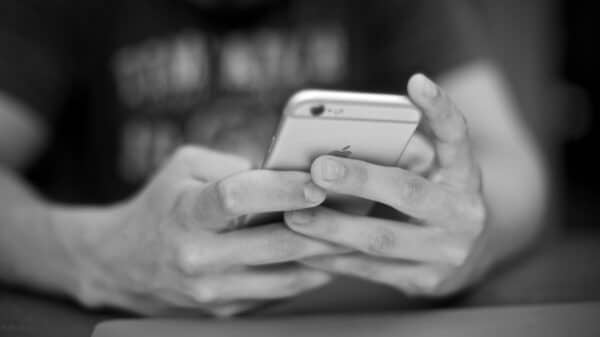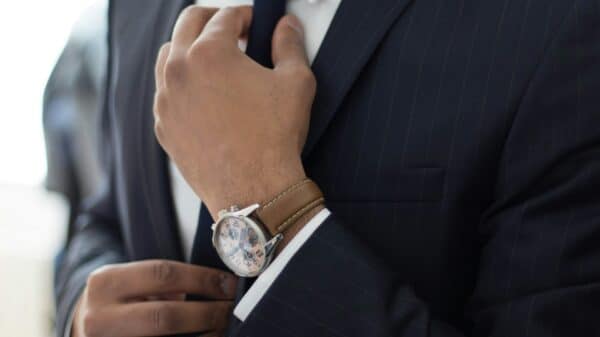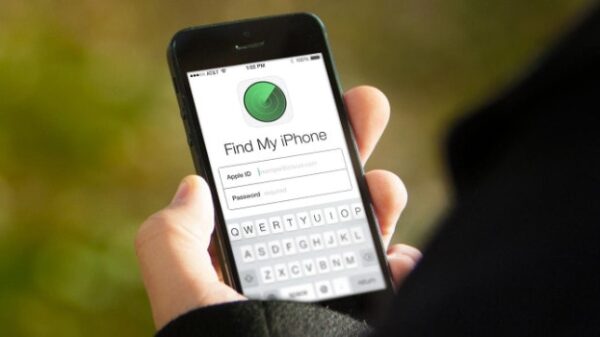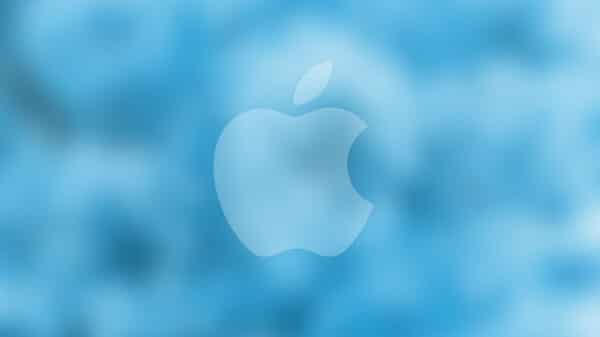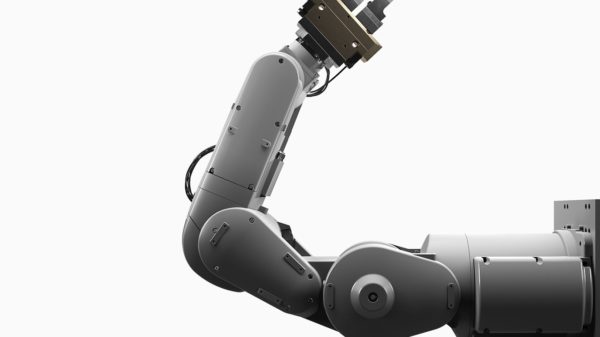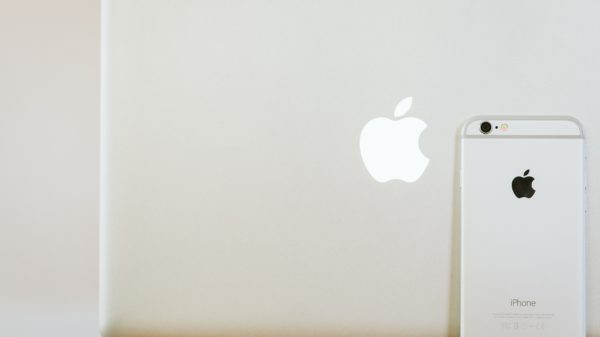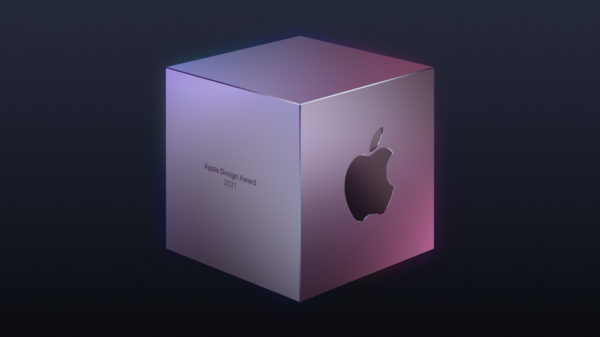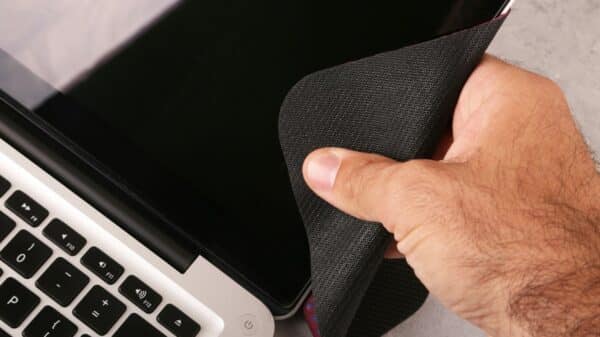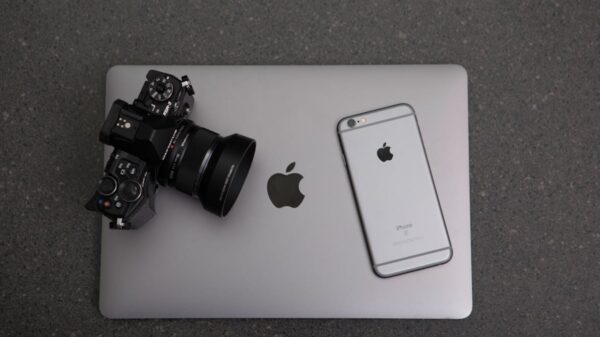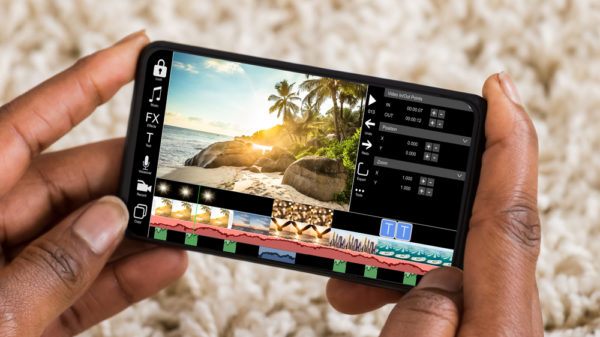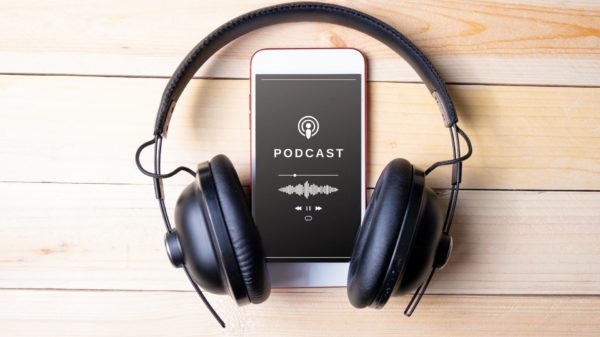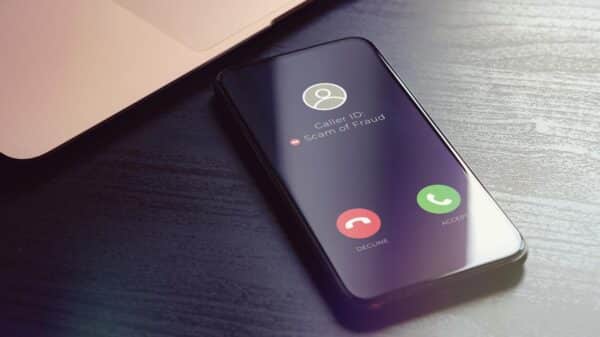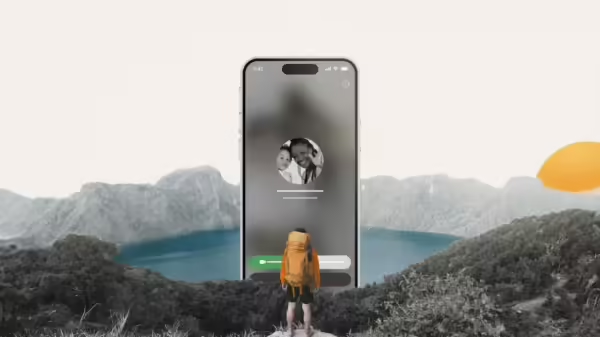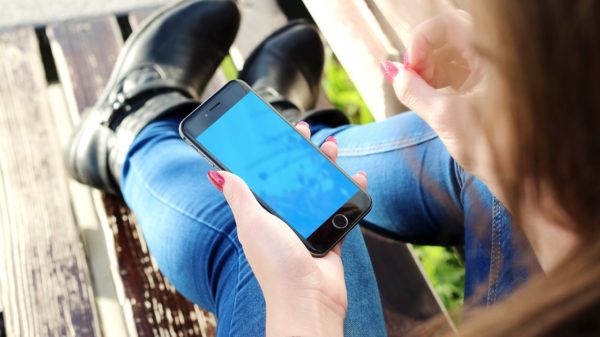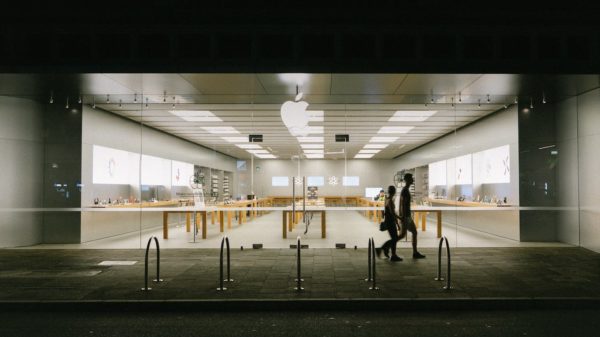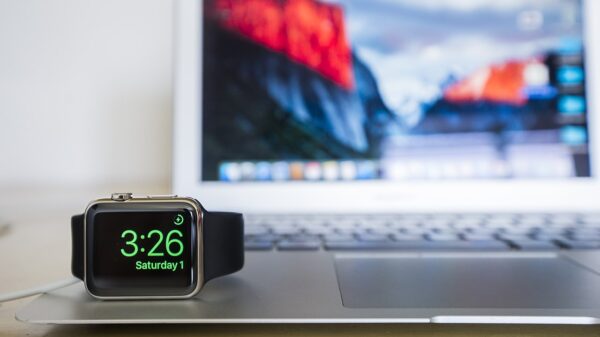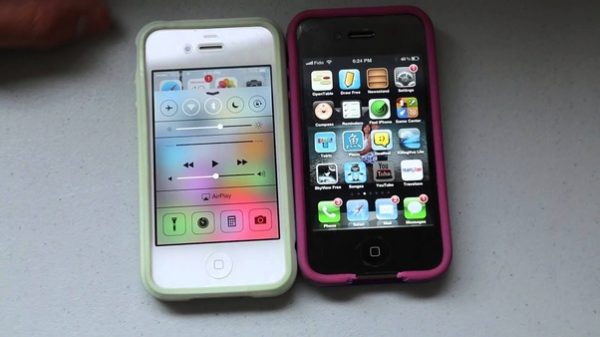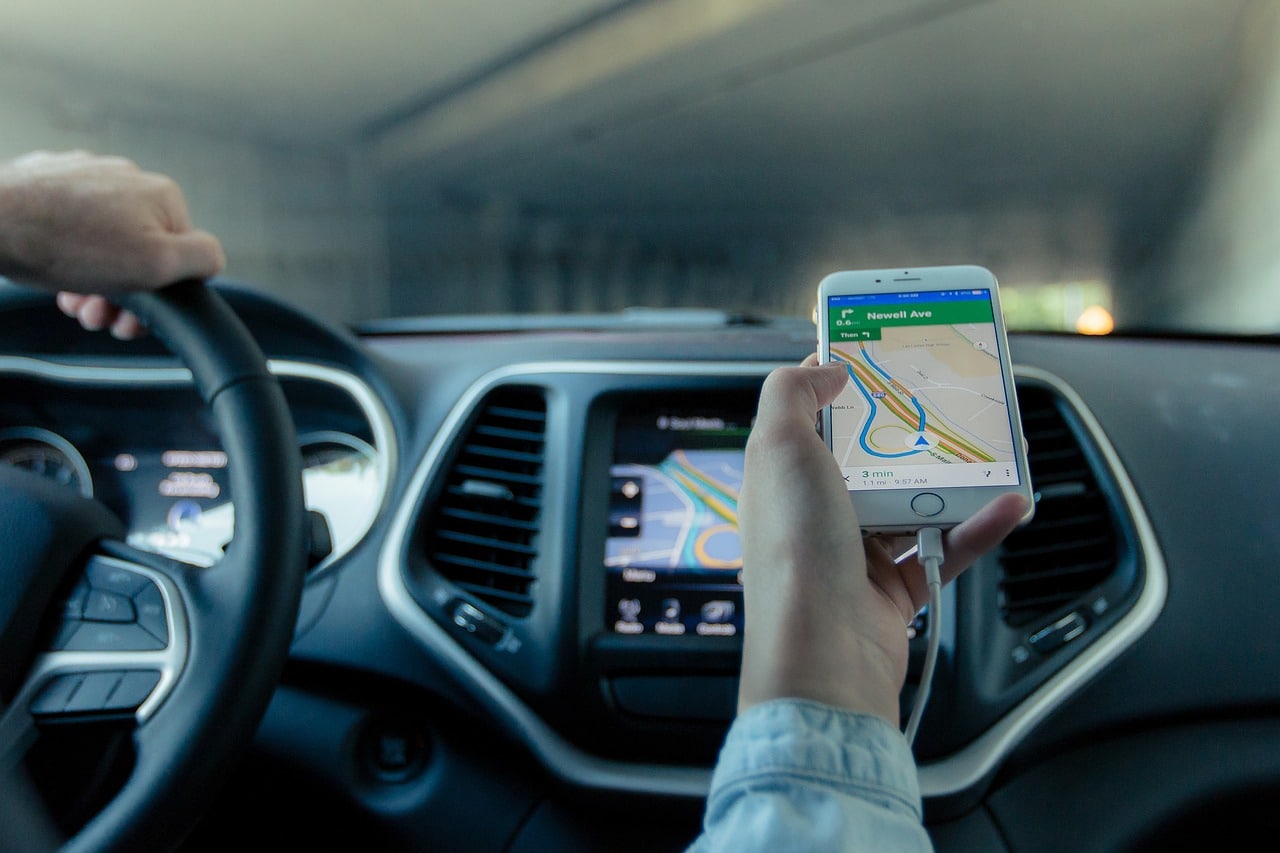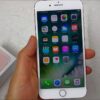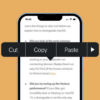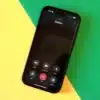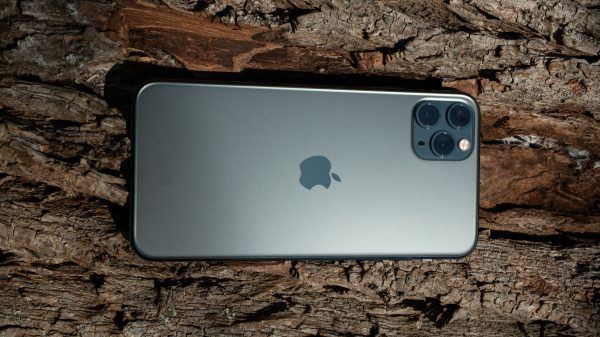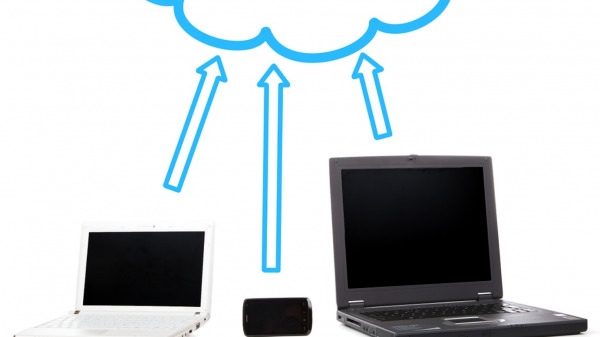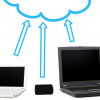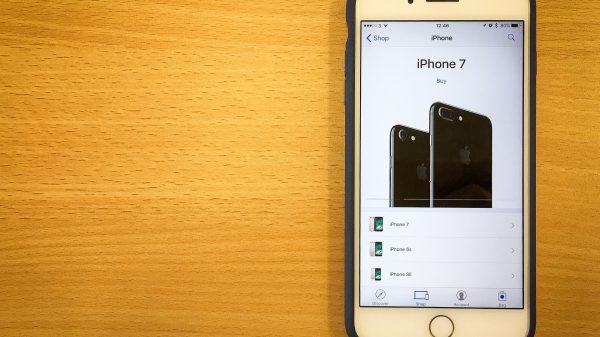The invention of the smartphone has made life much more convenient and connected, but it has also raised security and privacy concerns. The iPhone, in particular, comes with various features that allow users to locate the device and access its stored information. While this can be useful in situations such as recovering a lost phone, it can also lead to potential invasions of privacy.
iPhone’s Location Services
Among the myriad features of the iPhone, the location services hold particular significance due to their functionality and complexity. Utilizing an array of technological resources such as GPS, Bluetooth, and a vast network of Wi-Fi hotspots, in addition to cellular tower triangulation, the iPhone is adept at calculating your geographical position with remarkable accuracy. This precise location data underpins a host of applications and functions on your device, ranging from the practical utility of mapping and navigation services to the convenience of location-triggered reminders and a variety of other location-centric utilities.
The utilization of location services extends to a wide range of apps and features on the iPhone. For instance, your photos can be geotagged, weather applications can provide forecasts specific to your locale, and social media platforms may offer location-based features such as check-ins or localized content. It is a technology that has become embedded in the fabric of modern smartphone use, reflecting a remarkable integration of hardware and software to deliver personalized user experiences.
Legal and Ethical Implications
With the advent of technology that can trace an individual’s movements, a complex web of legal and ethical questions emerges. The capability to track an iPhone user’s location is a potent tool that must be wielded with a deep sense of responsibility. The core concern lies in the realm of privacy rights; the very technology that can provide safety and convenience may also tread perilously close to intrusive surveillance.
These ethical considerations gain even more traction in scenarios where the intent behind tracking someone’s location is not transparent. While the feature might be employed for the safety of family members or in business settings to manage logistics, it is crucial to ensure that such measures are balanced with the right to individual privacy and are in compliance with legal frameworks.
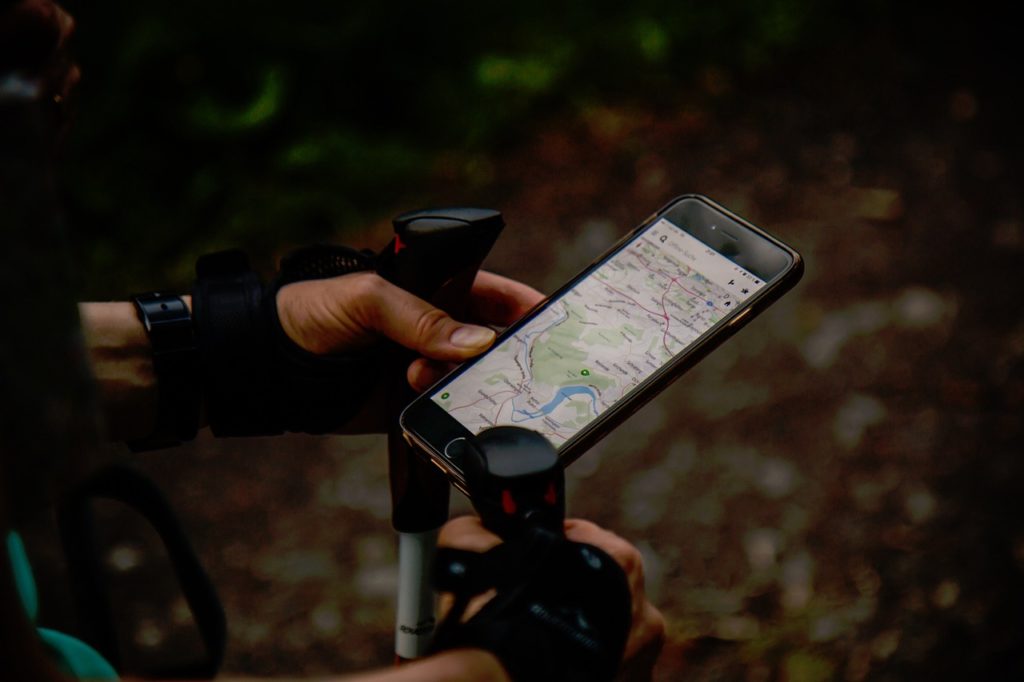
Settings to Check for Location Tracking
For those who wish to delve into the historical location data on an iPhone, several avenues within the device’s settings offer insight. By navigating these settings, one can view the compilation of location history that the iPhone has stored. This can include a detailed map of locations visited, along with time stamps that provide a chronological narrative of the device holder’s movements.
Specific settings such as ‘Significant Locations’ found within the ‘Privacy’ section of the iPhone’s settings, retain an extensive record of places you have frequently visited. This feature is designed to improve user experience by customizing location-related suggestions and services. However, it also serves as a log that can be reviewed to trace the whereabouts of the user over time.
Using Third-Party Applications
The marketplace for applications is brimming with third-party offerings that extend the capabilities of iPhone’s native location tracking. These applications can furnish a granular level of detail and a suite of additional features, such as real-time tracking, geofencing, and location history timelines. Such tools are often utilized for more specific purposes, such as parental monitoring or asset tracking.
However, third-party applications come with their caveats. Privacy concerns are particularly heightened as these apps may not adhere to the same stringent privacy policies that govern native iPhone features. Users must exercise caution and due diligence in choosing to download and use these applications, considering the potential for data sharing and privacy breaches.
Protecting Your Own Privacy
The insights into iPhone’s location tracking capabilities serve a dual purpose. While on one hand, it empowers users with information about the whereabouts of others, it also underscores the importance of personal privacy protection. By accessing the location services settings, you can meticulously manage which applications have permission to access your location data and under what circumstances.
Proactive privacy measures may include disabling location services for certain apps, minimizing the use of location sharing features, or even turning off location services altogether when not needed. Regularly reviewing app permissions and being judicious about app installations are also key steps in safeguarding your location privacy. This conscious management of privacy settings is essential in today’s digital age, where location data can reveal much about an individual’s habits, preferences, and routines.
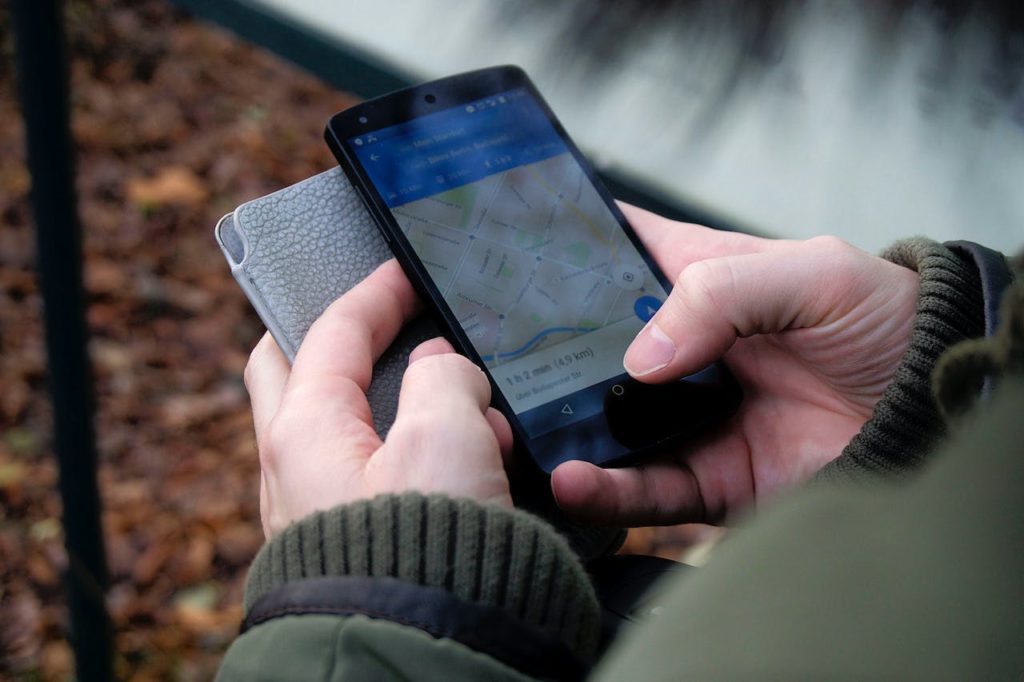
How to Talk to Someone About Their Location Privacy
Conversations regarding the delicate topic of location tracking and the associated privacy concerns are often fraught with complexity. These dialogues necessitate a delicate balance, ensuring that respect for the individual’s personal boundaries is paramount. It is crucial to enter into these discussions with a foundation of mutual respect and an empathetic mindset.
When embarking on these conversations, it’s vital to maintain an awareness of the sensitivity of the subject. The concept of being tracked, even by someone with the best intentions, can evoke a sense of intrusion into one’s personal life. Therefore, a respectful approach is not merely courteous; it is essential. This approach includes listening actively, acknowledging the other person’s feelings and concerns, and maintaining an open mind.
Moreover, a clear understanding of your own motivations for wanting to know another person’s location is imperative. Before initiating such a conversation, reflect deeply on why you believe this information is necessary. Is it for safety reasons, connectivity, or something else? Being transparent about your reasons will help to build trust and openness in the conversation. This clarity of intent ensures that the discussion is rooted in honesty and care, rather than control or unwarranted curiosity.
Conclusion
The ability to see where someone has been on an iPhone is a powerful tool, but it’s also one that should be used wisely. Balancing safety and transparency with respect for privacy is vital.

